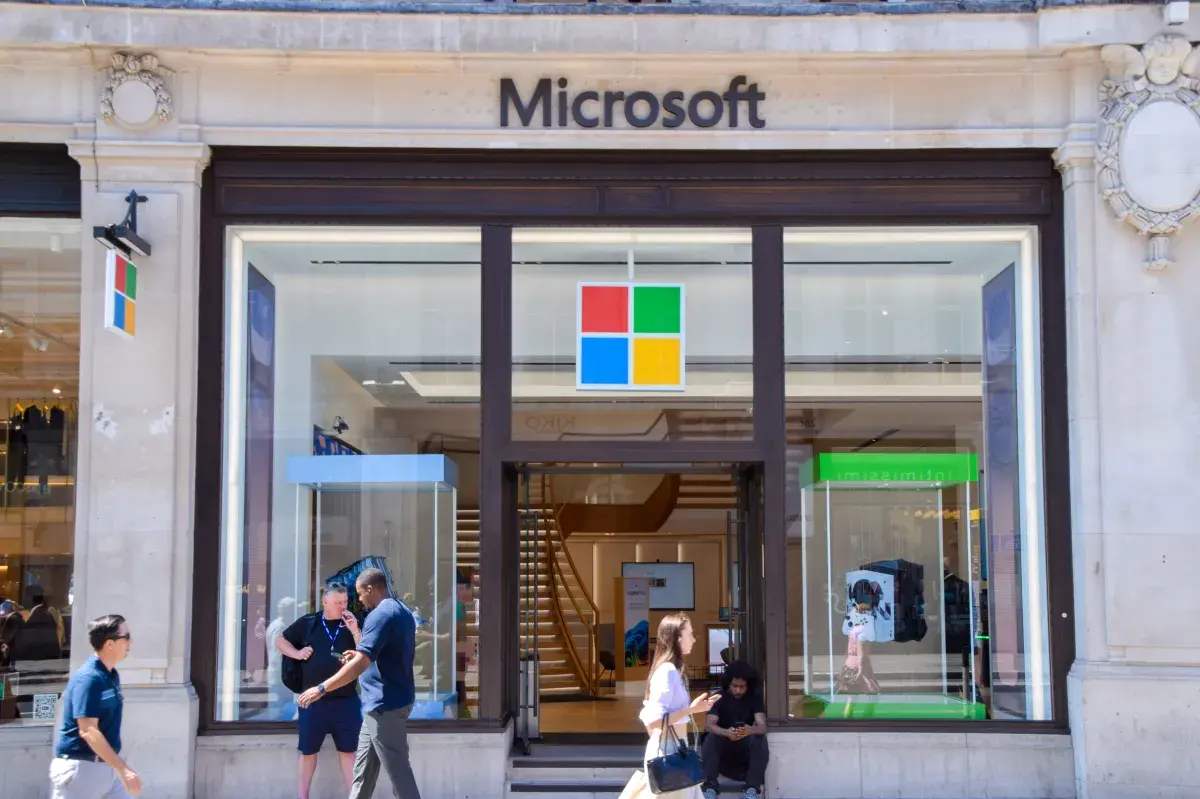By Contributor,Mind Share Partners
Copyright forbes

Shot of a group of three creative businesspeople brainstorming ideas and writing notes on a glass wall inside their office
Co-authored by: Bill Greene, Mind Share Partners, and Bernie Wong, Mind Share Partners
Working later in life is becoming more common, yet the current workplace is not designed to support this growing demographic. One of us (Bill), a baby boomer now in his 70s with a career spanning more than 40 years, has no plans to retire anytime soon, and finds the value of continuing to work is partly financial, of course, but it also contributes meaningfully to overall well-being.
As organizations look toward the future of work, meeting the needs of older workers is not only an important challenge to address, but also a strategic opportunity for long-term success. Emerging research from our own organization, Mind Share Partners, among others shows that when companies understand and support the experience of older workers, they improve mental health, the employee experience, and performance (including the quality of work) across their workforce.
Why companies can’t afford to ignore older workers
There are four compelling business reasons companies should pay attention to older workers.
Older workers are the fastest growing demographic in the workplace. In the Group of Seven (G7) countries, older workers will exceed a quarter of the workforce by 2031. Globally, 150 million jobs are expected to shift to older workers by 2030.
People are living longer, and healthier lives. This expands the window of time people can make valuable contributions at work—well beyond the traditional (and woefully anachronistic) retirement age of 62 or 65.
Older workers can balance the rush to AI. Older employees have often seen multiple waves of technology come and go. They have decades of knowledge and situational awareness that help make sense of this latest technology AI outputs and avoid blind trust in algorithms.
A diverse workforce is a thriving workforce, including across generations. Research shows older workers are sought after by other generations to navigate work cultures and norms, and bring with them a long-term perspective on industry and workforce trends.
These four reasons speak to the ongoing business need companies have to keep their talent pipeline filled with the best people out there, which increasingly will include older employees.
MORE FOR YOU
The mental health angle
Mental health is often framed as an issue only Gen Z and Millennials care about. This isn’t quite true. Our latest research with Qualtrics captured a more nuanced picture.
Mental health and stigma. Older workers report better mental health overall, but they’re less comfortable talking about it at work (at the same time, they’re more likely to get a positive response).
Responsibility from businesses. Older workers were just as likely as other generations to say businesses have a responsibility to take care of their employees’ mental health, but they were least likely to agree that their own company supports their mental health.
Autonomy and work itself. When it comes to work, older workers care less about the “where” and “when” of work, but care more about having autonomy around the “what” and “how” of work.
These are early results that need additional research. We’re in a time when the labor market is tightening while the workforce at large is reporting historically low levels of engagement and high levels of stress and burnout. Employers have not only an imperative to not tailor their workplace strategies but also to capitalize on the capabilities of their people—older folks included. Fortunately, there are a number of organizations that have developed programs supporting older workers including Unilever, Shutterstock, and the State of Maine. There also is ongoing advocacy for older workers from organizations like AARP, and the Stanford Center for Longevity. Our own research is building on these growing efforts.
The bigger picture
There’s one more reason that isn’t a core business need, but still worth business attention. As noted above, people are living longer, but the systems to support longer life are stuck in a century-old model that assumes people work to age 60 or 65, retire, then die within five or ten years. However, life expectancy in high-income countries is hovering around 80 years, which means that under the traditional retirement model, people need enough retirement income to live 15, 20, or even 30 years without working.
For most people, that’s wildly unrealistic, especially as the social safety net is fraying in many countries. In fact, unfortunately, the majority of Americans do not feel financially prepared for retirement:
Only 45% of non-retirees view their retirement savings plan as being adequate, and half of employed Americans 65 or older say they expect to work “indefinitely.”
Seven in 10 Americans worry that Social Security won’t be there for them when they retire.
Older adults are the fastest-growing age group of the U.S.’s unhoused population.
For many older workers, there is a need to continue working. To the degree an organization has a commitment to broader societal challenges, hiring older workers will continue to grow as a social need that companies can help address.
Editorial StandardsReprints & Permissions



